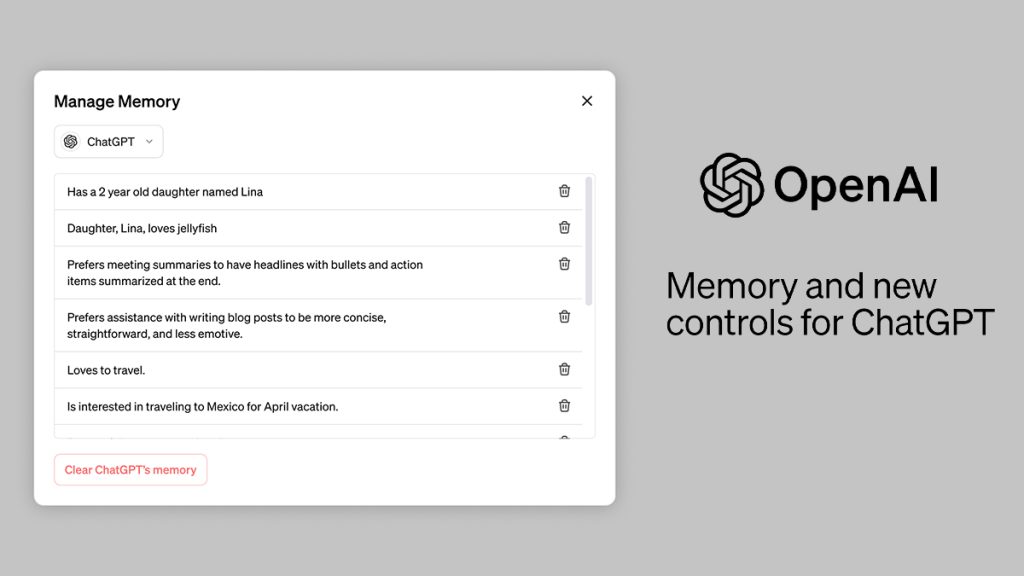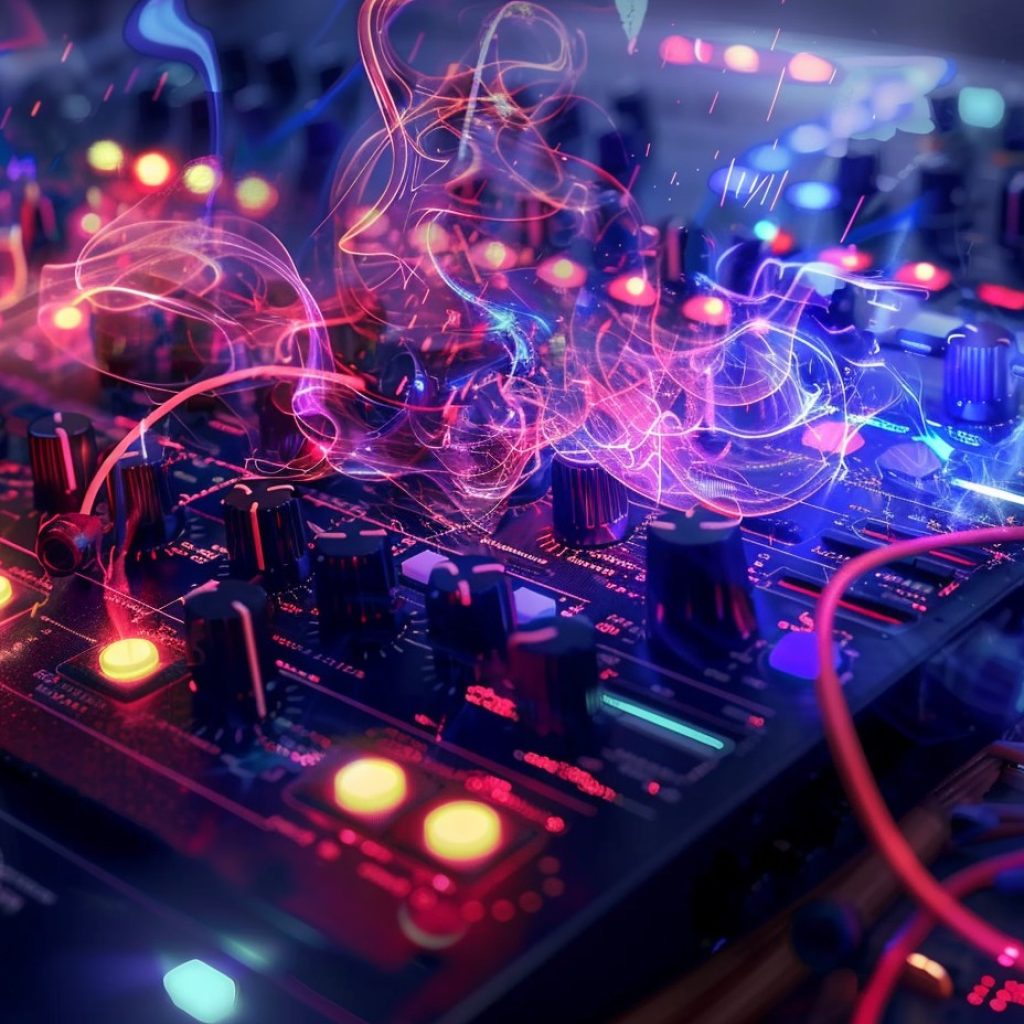OpenAI, the company behind the AI chatbot ChatGPT released its newest version of the memory feature is intended to improve the user experience on its AI platform. With the integration of this context retention technology into the ChatGPT system, a new era has emerged where the interaction between the user and the AI is no longer similar to the algorithms but closest to the human, hence, becoming more efficient.
Enhanced user interaction
ChatGPT now has access to a certain memory sector so that it can refer to and recall past discussions between users and the AI. It is this feature that makes it able to recollect data from the previous discussion and hence relieves them from the huge burden of giving the same input information. Through the use of context retention technology, ChatGPT can customize its response depending on past feeds, and hence more natural and logical discussions can be had.
AI Chatbot points out that this novel mechanic could help ChatGPT to be a much more personal and engaging assistant. Customers can tell ChatGPT to keep the information they had found within the defined frame of the dialogue or the ChatGPT will keep on its own while having conversations with the users. As if this increased knowledge, helps the chatbot more precisely to reflect user taste as well as provide more customizable and precisely detailed answers in exchange.
User control and privacy
User concern about having complete control along with privacy is one of the strongest features of the memory feature. OpenAI’s underline point is that users can apply model one’s memory to choose what information ChatGPT keeps among the users, that is by the user. Users can order the ChatGPT systems to remember and memorize specific information, check the stored information, and delete these associations if they please. By and so, it brings more ease to handle privacy notifications with users while still being able to have the functionality as powerful as ChatGPT.
Now, ChatGPT’s free and premium “Plus” version users are the only ones who have access to ChatGPT’s memory tool, which gradually expands to more users. The prototype version of the assistant is meant to seek and absorb user feedback and evaluate its usefulness through the use of the feature, thereby considering wider audience penetration after the process is completed. The company guarantees the users that it will share its plans for deployment worldwide as soon as the firm has evaluated the future of the feature and feedback from users.
Potential applications
The developers of ChatGPT expect that the memory characteristic can be applied to many aspects by training the app to respond to particular types of questions with the required result. Take note of the example where the chatbot would be taken through training and be able to summarise the meeting notes by using the sub-headlines, bullet points, and action items, respectively. Furthermore, this memory feature could promote advanced recommendations as well as suggestions that users may prefer relating to their past discourses which raise the overall experience of the users.
A noticeable advancement is the Memory feature that ChatGPT brings about in its capabilities. Through this, interactions will be more customized and intelligent. The deliberate aim of the AI to retrieve past conversations and to answer responsively makes it possible for ChatGPT will be able to customize assistance and shorten interactions. It is with these improvements that the users can truly expect an even more powerful ChatGPT that can further present its unmatched capabilities of instant interaction powered by artificial intelligence.
This article originally appeared in The Independent





